Proudly Serving Virginia, Maryland, and Washington DC.
24/7 EMERGENCY SERVICE AVAILABLE
24/7 EMERGENCY SERVICE AVAILABLE
Do you have Mold Problems? Your Carpet Damp? Need Restoration Services? Need Tree's Removed? Call Margaaa Man, He'll Lend you a hand!


Asbestos
What is Asbestos?
Six naturally occurring minerals collectively known as asbestos are composed of fibers that can withstand heat. Before the risks of asbestos were acknowledged, it was utilized in thousands of consumer products in the United States. Mesothelioma, lung cancer, and other malignancies are brought on by asbestos. In the US, asbestos is restricted but not outright forbidden. Asbestos is a mineral that causes cancer. It is made up of flexible fibers that are corrosion-, heat-, and electricity-resistant. Because of these properties, the mineral can be used in numerous goods. They also add to the harmful effects of asbestos exposure.
Asbestos was used in construction materials because it is a good insulator. In cement, plastic, paper, textile, and other materials, asbestos makes them stronger. When asbestos is consumed or inhaled, fibers are stuck in the body. Asbestos fibers that have been trapped can eventually lead to cancer, inflammation, and scarring.
Important Information About Asbestos!
In homes and at work, asbestos exposure occurs all over the United States. Mesothelioma is primarily brought on by asbestos exposure. The lining of the lungs or abdomen is where this cancer develops. Lung, ovarian, and laryngeal cancer are further asbestos-related cancers. Asbestosis or lung scarring could result from exposure. Up to the 1980s, US businesses produced tens of thousands of asbestos-containing items.
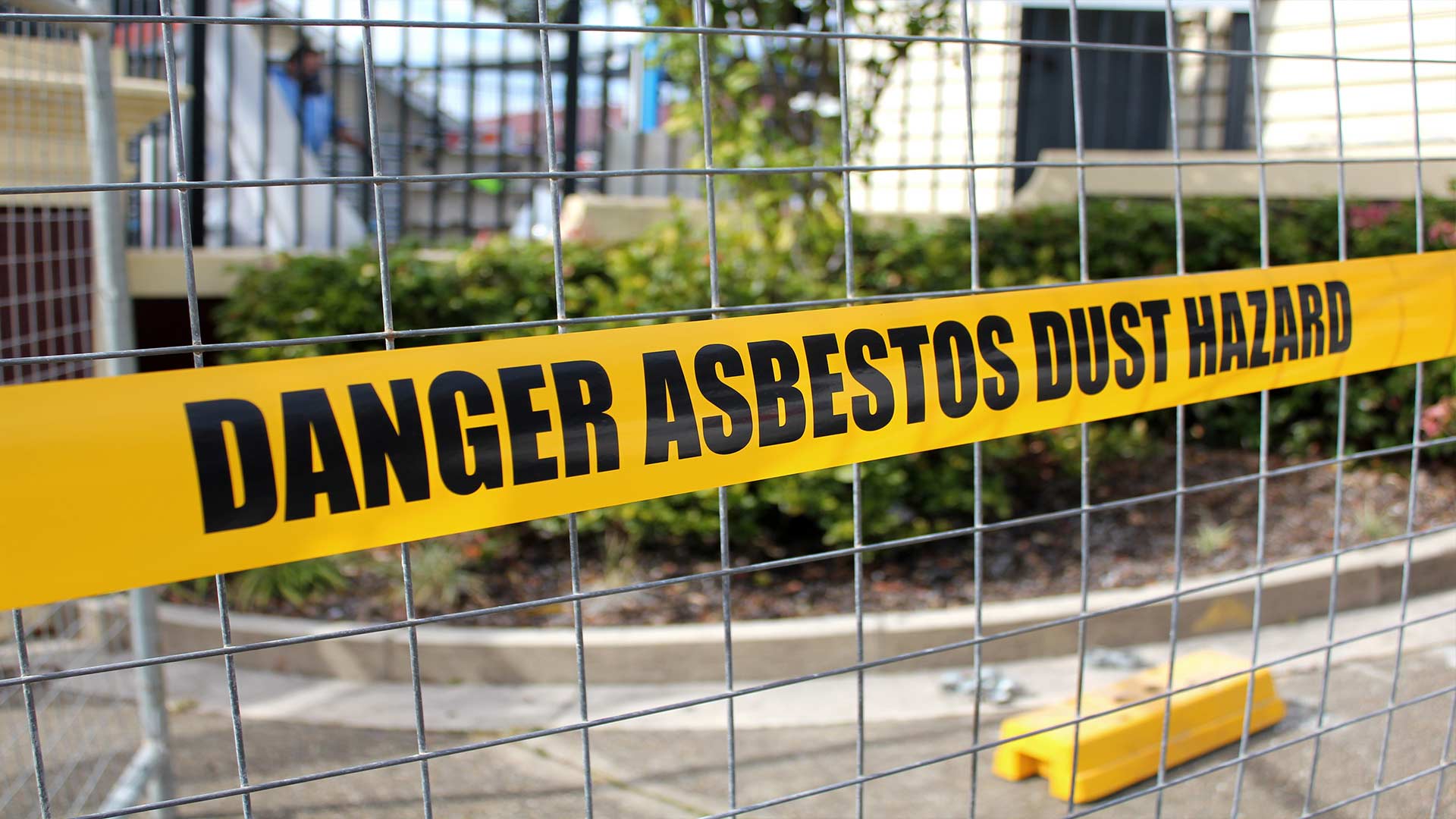
Asbestos
What is Asbestos?
Six naturally occurring minerals collectively known as asbestos are composed of fibers that can withstand heat. Before the risks of asbestos were acknowledged, it was utilized in thousands of consumer products in the United States. Mesothelioma, lung cancer, and other malignancies are brought on by asbestos. In the US, asbestos is restricted but not outright forbidden. Asbestos is a mineral that causes cancer. It is made up of flexible fibers that are corrosion-, heat-, and electricity-resistant. Because of these properties, the mineral can be used in numerous goods. They also add to the harmful effects of asbestos exposure.
Asbestos was used in construction materials because it is a good insulator. In cement, plastic, paper, textile, and other materials, asbestos makes them stronger. When asbestos is consumed or inhaled, fibers are stuck in the body. Asbestos fibers that have been trapped can eventually lead to cancer, inflammation, and scarring.
Important Information About Asbestos!
In homes and at work, asbestos exposure occurs all over the United States. Mesothelioma is primarily brought on by asbestos exposure. The lining of the lungs or abdomen is where this cancer develops. Lung, ovarian, and laryngeal cancer are further asbestos-related cancers. Asbestosis or lung scarring could result from exposure. Up to the 1980s, US businesses produced tens of thousands of asbestos-containing items.
Where can Asbestos be found?
Vermiculite is used in the production of attic and wall insulation.
Vinyl floor tiles, vinyl sheet flooring's backing, and adhesives
Shingles for the roof and the siding
Walls and ceilings are painted with texture paint and repair materials.
Wood-burning stoves should have asbestos paper, millboard, or cement sheets around them to protect the walls and flooring.
the asbestos-containing substance was used to coat or cover hot water and steam lines.
asbestos-insulated door gaskets, oil and coal furnaces, and boilers textiles resistant to heat brakes and clutches in automobiles.
How can I get exposed to Asbestos?
When asbestos-containing material is disturbed through product use, demolition, building or house maintenance, repair, or renovation, asbestos fibers may be released into the air. Exposure typically only happens when asbestos-containing material is destroyed or disturbed in a way that causes fibers and particles to be released into the air.

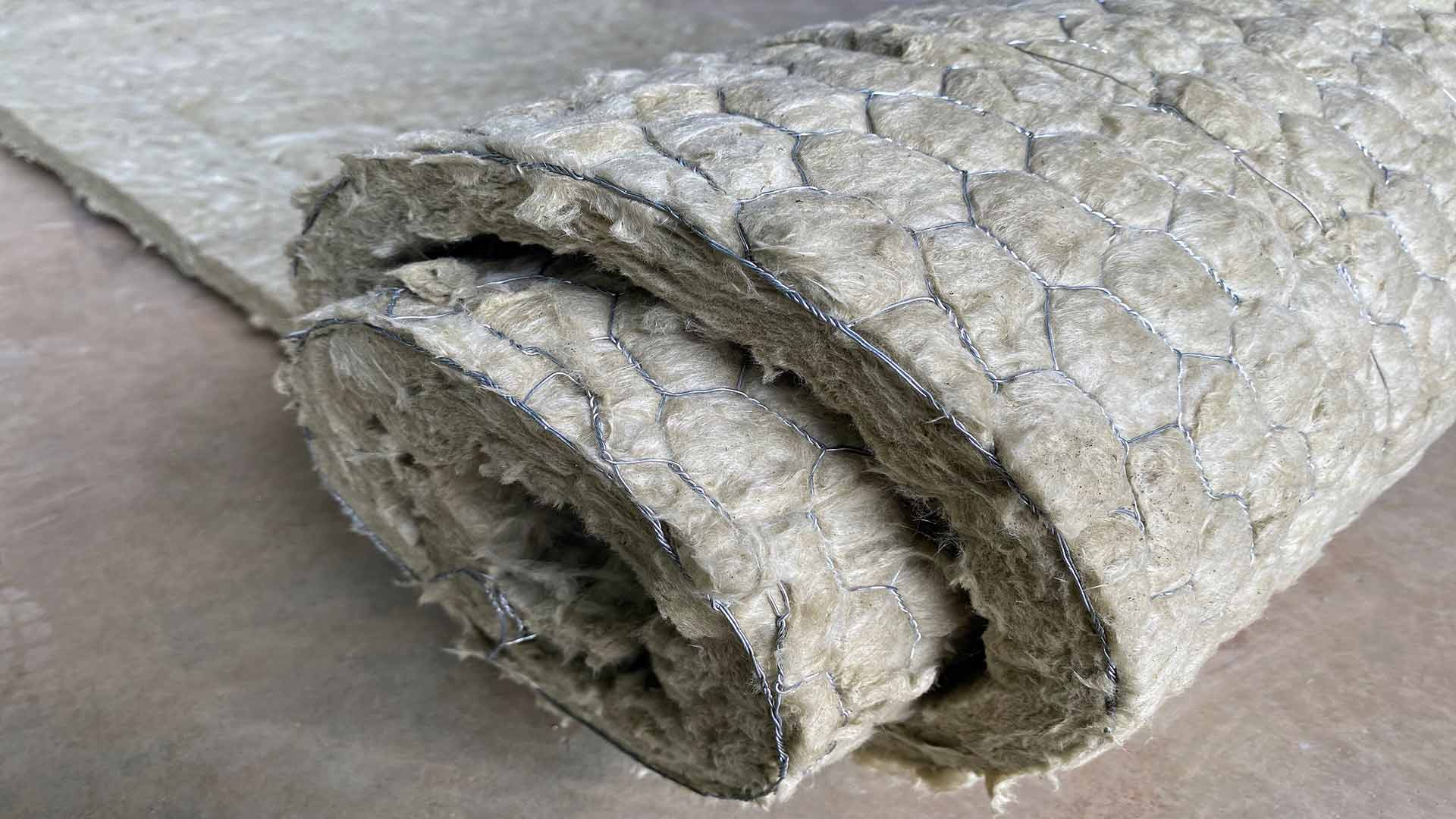
Where can Asbestos be found?
Vermiculite is used in the production of attic and wall insulation.
Vinyl floor tiles, vinyl sheet flooring's backing, and adhesives
Shingles for the roof and the siding
Walls and ceilings are painted with texture paint and repair materials.
Wood-burning stoves should have asbestos paper, millboard, or cement sheets around them to protect the walls and flooring.
the asbestos-containing substance was used to coat or cover hot water and steam lines.
asbestos-insulated door gaskets, oil and coal furnaces, and boilers textiles resistant to heat brakes and clutches in automobiles.
How can I get exposed to Asbestos?
When asbestos-containing material is disturbed through product use, demolition, building or house maintenance, repair, or renovation, asbestos fibers may be released into the air. Exposure typically only happens when asbestos-containing material is destroyed or disturbed in a way that causes fibers and particles to be released into the air.
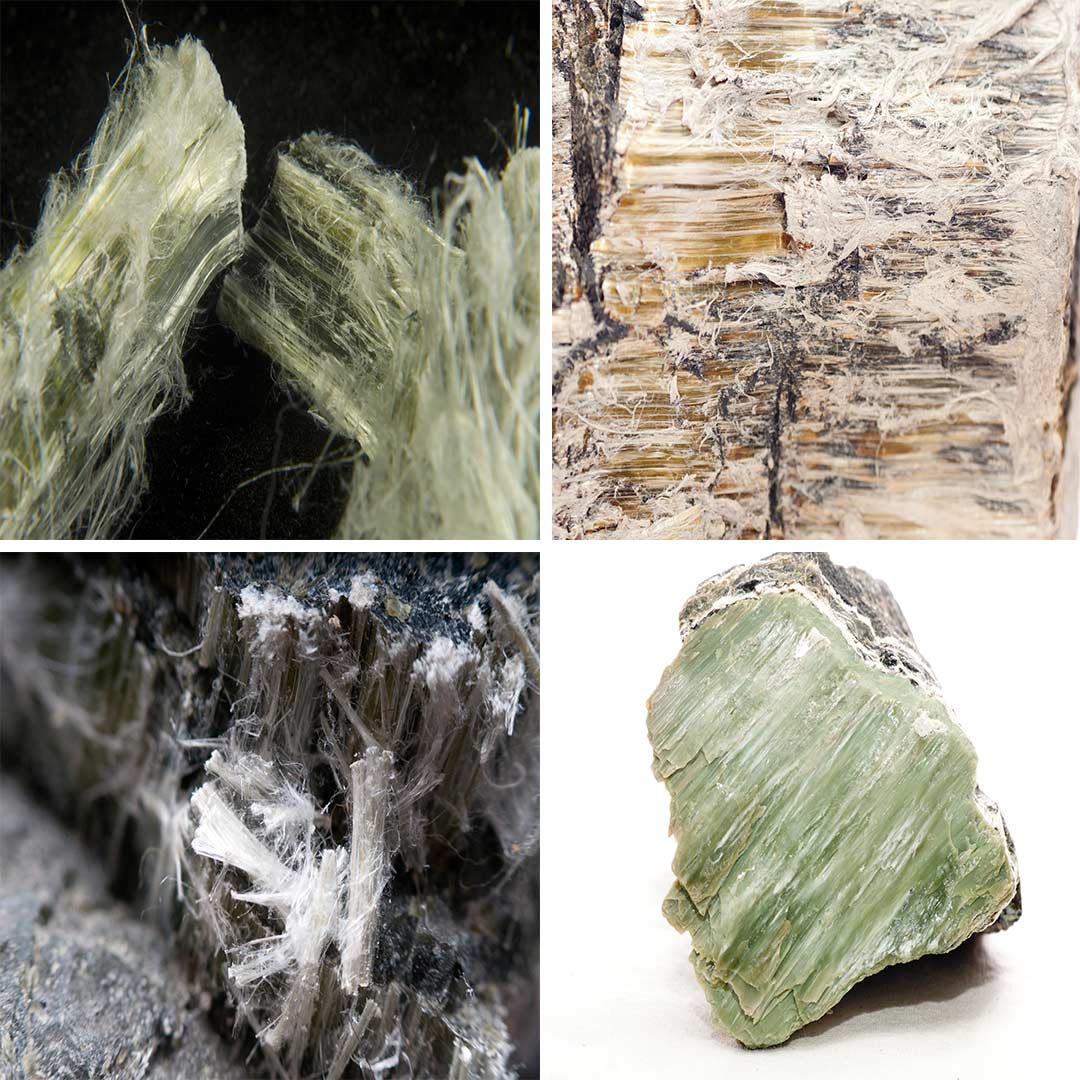
Types of Asbestos:
Asbestos chrysotile
Among the vast majority of the numerous asbestos-containing items produced in the United States during the 20th century, chrysotile, also known as "white asbestos," was employed. The poisonous mineral was originally primarily produced in the United States and Canada.
Chrysotile is a hazardous form of asbestos that is frequently found in trace amounts with other asbestos kinds called amphiboles in naturally occurring deposits. Nonetheless, chrysotile asbestos exposure alone still poses a significant chance of contracting a fatal disease. Chrysotile asbestos should be treated with the same level of caution as other types of asbestos, according to the NIOSH.
Some of the Chrysotile asbestos-containing products include:
- Vinyl Tiles
- Brake pads
- Cement
- Drywall
- Fireproofing
- Gaskets
- Insulation
- Roofing
Amosite Asbestos:
Amosite, often known as "brown asbestos," was found to be the second most frequently used kind of asbestos in the country, according to the U.S. Environmental Protection Agency. Grunerite, the name given to amosite in its native state, was primarily mined in South Africa. The American Cancer Society claims that exposure to amosite asbestos increases cancer risk compared to exposure to chrysotile asbestos.
Some of Amosite asbestos-containing products include:
- Cement sheets
- Fire protection
- Gaskets
- Roofing products
- Vinyl tiles
- Insulation
Crocidolite Asbestos:
As crocidolite fibers are so thin, they can more easily ensnare in lung tissue and cause more deaths than any other variety of asbestos. These types of asbestos were most frequently mined in Bolivia, Australia, and South Africa.
Crocidolite asbestos-containing products include:
- Acid storage battery casings
- Ceiling tiles
- Cement sheets
- Fireproofing
- Insulation
Anthophyllite Asbestos
One of the rarest forms of asbestos is anthophyllite, which has a short history of industrial use. This mineral was first mined in Finland. Some other nations across the world mined smaller deposits.
Some of the Anthophyllite asbestos-containing products include:
- Insulation
- Roofing
- Rubber
- Cement
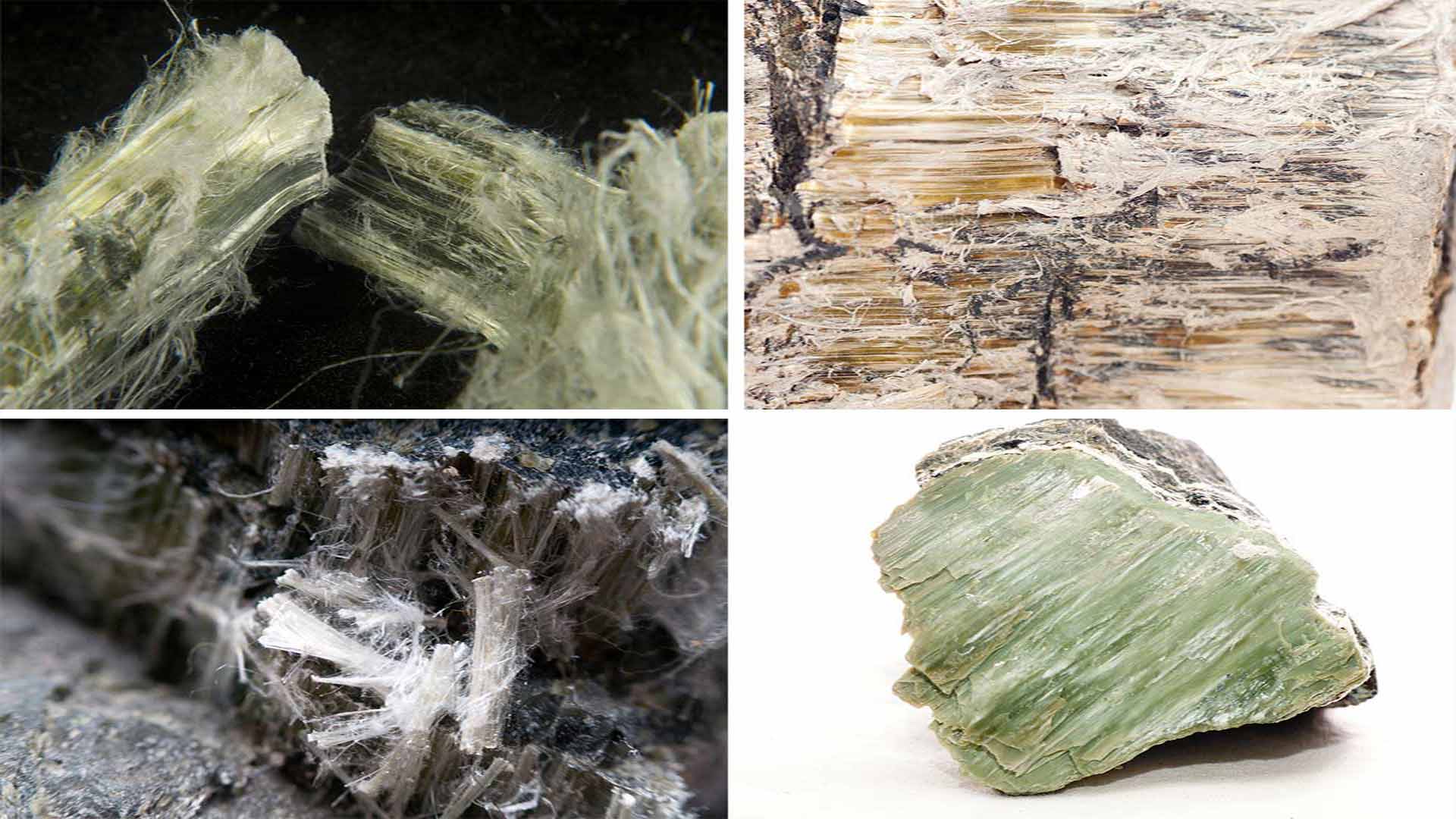
Types of Asbestos:
Asbestos chrysotile
Among the vast majority of the numerous asbestos-containing items produced in the United States during the 20th century, chrysotile, also known as "white asbestos," was employed. The poisonous mineral was originally primarily produced in the United States and Canada.
Chrysotile is a hazardous form of asbestos that is frequently found in trace amounts with other asbestos kinds called amphiboles in naturally occurring deposits. Nonetheless, chrysotile asbestos exposure alone still poses a significant chance of contracting a fatal disease. Chrysotile asbestos should be treated with the same level of caution as other types of asbestos, according to the NIOSH.
Some of the Chrysotile asbestos-containing products include:
- Vinyl Tiles
- Brake pads
- Cement
- Drywall
- Fireproofing
- Gaskets
- Insulation
- Roofing
Amosite Asbestos:
Amosite, often known as "brown asbestos," was found to be the second most frequently used kind of asbestos in the country, according to the U.S. Environmental Protection Agency. Grunerite, the name given to amosite in its native state, was primarily mined in South Africa. The American Cancer Society claims that exposure to amosite asbestos increases cancer risk compared to exposure to chrysotile asbestos.
Some of Amosite asbestos-containing products include:
- Cement sheets
- Fire protection
- Gaskets
- Roofing products
- Vinyl tiles
- Insulation
Crocidolite Asbestos:
As crocidolite fibers are so thin, they can more easily ensnare in lung tissue and cause more deaths than any other variety of asbestos. These types of asbestos were most frequently mined in Bolivia, Australia, and South Africa.
Crocidolite asbestos-containing products include:
- Acid storage battery casings
- Ceiling tiles
- Cement sheets
- Fireproofing
- Insulation
Anthophyllite Asbestos
One of the rarest forms of asbestos is anthophyllite, which has a short history of industrial use. This mineral was first mined in Finland. Some other nations across the world mined smaller deposits.
Some of the Anthophyllite asbestos-containing products include:
- Insulation
- Roofing
- Rubber
- Cement
How To Remove Asbestos?
Understanding the plan: The industrial hygienist's strategy will be followed by your abatement contractor. It should include information on the preparation and cleanup procedures as well as specifics on how the area will be handled. The asbestos abatement contractor must adhere to all local, state, and federal legislation, which should be specified in the work plan.
Appropriate demarcation: Following the implementation of the strategy, Margaaa Services Asbestos Technician must clearly differentiate the hazardous area and warn all building occupants to vacate the area until clearance testing has been completed.
Setting up a controlled workspace: requires sealing air ducts, turning off the HVAC system, and firmly separating any sections not being treated with thick plastic sheets. Other safety measures include air pressure differential and filtration. Before Margaaa Services' asbestos abatement specialist begins the actual asbestos removal or repair work, the industrial hygiene company should examine the work area preparation.
Material Removal: To remove Asbestos, Margaaa Specialist will use hand tools and wet techniques. our specialists will safeguard themselves by using safety gear throughout the procedure, including respirators. The Asbestos will be disposed of in waste disposal bags that have been sealed before being taken out through a decontamination device with a protective coating. Together with the containment of the work area, they will also set up a decontamination chamber with a shower for exiting the work area if the space that needs removal is bigger than a certain square footage.
(HEPA) vacuuming: To reduce asbestos fiber dispersion during the process and for surface cleaning, special vacuums with HEPA filtration designed for asbestos removal work will be used.
Final cleanup: In accordance with state and federal regulations, the industrial hygiene company should perform their independent inspection after all Asbestos in the work area has been removed (or repaired, depending on the project) and all work area surfaces have been thoroughly cleaned with wet methods and HEPA vacuuming. Before the clearance testing is finished and the work area satisfies the clearance requirements specified in the abatement work plan, the work area barriers and air filtering should not be removed.
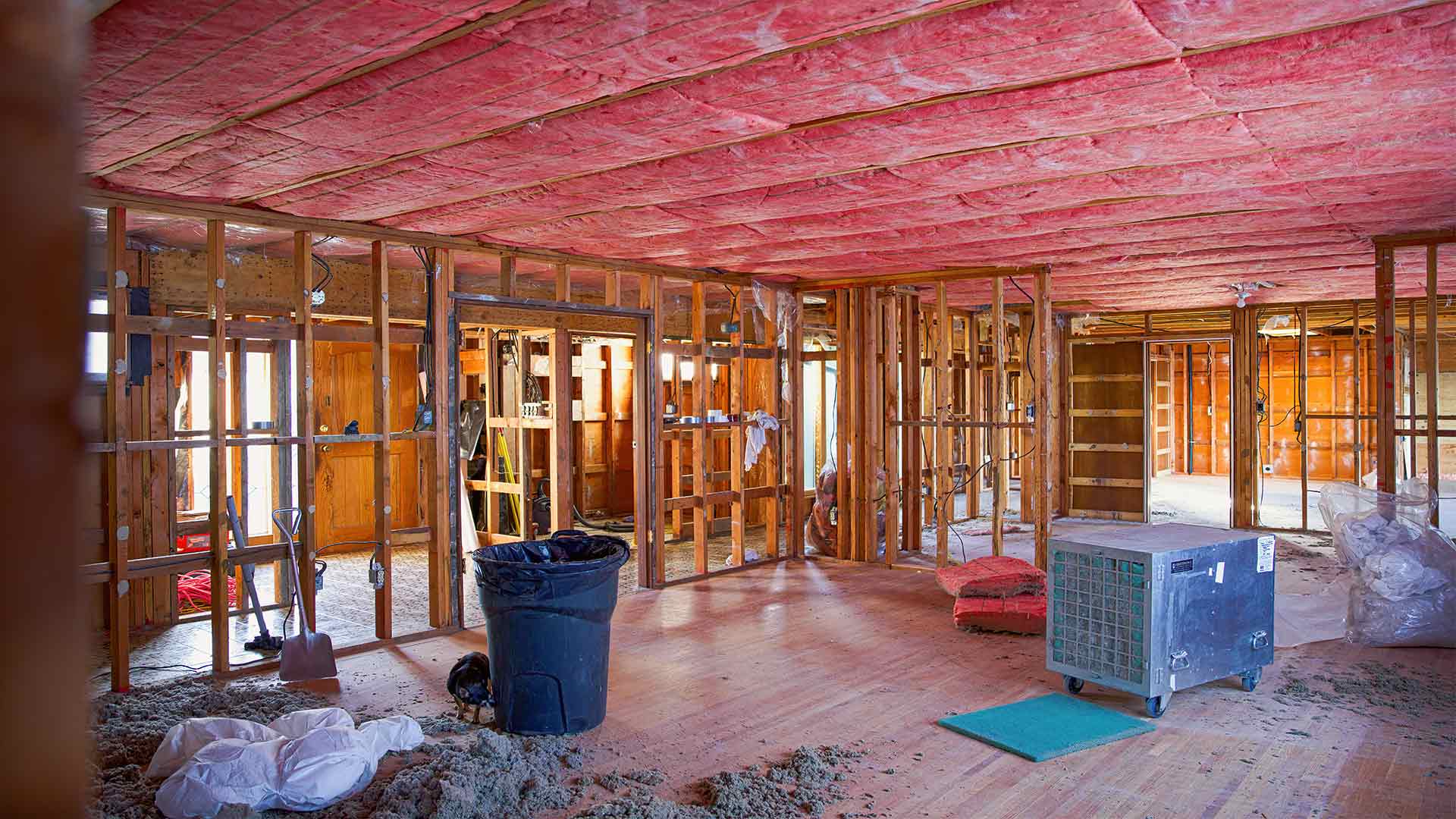
Following the Asbestos Cleanup: Margaaa Services will take down the containment barriers around the work area and perform another round of HEPA vacuuming when the clearance criteria have been satisfied. Margaaa Services will provide you with a report that includes garbage transportation records, permits, site logs, and copies of all licenses after the project is finished if needed. Your industrial hygiene company should also provide you with a report that includes copies of the findings from your inspections and lab tests. In order to comply with environmental requirements, these documents must be preserved.
We Provide Asbestos Removal services for Schools, Colleges and Universities, Churches, Office Buildings and high-rises, Government buildings, Hotels, Motels, Malls and Restaurants and retail stores eat…
We Provide Asbestos removal services in all cities and counties in Virginia.

How To Remove Asbestos?
Understanding the plan: The industrial hygienist's strategy will be followed by your abatement contractor. It should include information on the preparation and cleanup procedures as well as specifics on how the area will be handled. The asbestos abatement contractor must adhere to all local, state, and federal legislation, which should be specified in the work plan.
Appropriate demarcation: Following the implementation of the strategy, Margaaa Services Asbestos Technician must clearly differentiate the hazardous area and warn all building occupants to vacate the area until clearance testing has been completed.
Setting up a controlled workspace: requires sealing air ducts, turning off the HVAC system, and firmly separating any sections not being treated with thick plastic sheets. Other safety measures include air pressure differential and filtration. Before Margaaa Services' asbestos abatement specialist begins the actual asbestos removal or repair work, the industrial hygiene company should examine the work area preparation.
Material Removal: To remove Asbestos, Margaaa Specialist will use hand tools and wet techniques. our specialists will safeguard themselves by using safety gear throughout the procedure, including respirators. The Asbestos will be disposed of in waste disposal bags that have been sealed before being taken out through a decontamination device with a protective coating. Together with the containment of the work area, they will also set up a decontamination chamber with a shower for exiting the work area if the space that needs removal is bigger than a certain square footage.
(HEPA) vacuuming: To reduce asbestos fiber dispersion during the process and for surface cleaning, special vacuums with HEPA filtration designed for asbestos removal work will be used.
Final cleanup: In accordance with state and federal regulations, the industrial hygiene company should perform their independent inspection after all Asbestos in the work area has been removed (or repaired, depending on the project) and all work area surfaces have been thoroughly cleaned with wet methods and HEPA vacuuming. Before the clearance testing is finished and the work area satisfies the clearance requirements specified in the abatement work plan, the work area barriers and air filtering should not be removed.
Following the Asbestos Cleanup: Margaaa Services will take down the containment barriers around the work area and perform another round of HEPA vacuuming when the clearance criteria have been satisfied. Margaaa Services will provide you with a report that includes garbage transportation records, permits, site logs, and copies of all licenses after the project is finished if needed. Your industrial hygiene company should also provide you with a report that includes copies of the findings from your inspections and lab tests. In order to comply with environmental requirements, these documents must be preserved.
We Provide Asbestos Removal services for Schools, Colleges and Universities, Churches, Office Buildings and high-rises, Government buildings, Hotels, Motels, Malls and Restaurants and retail stores eat…
We Provide Asbestos removal services in all cities and counties in Virginia.
Virginia Counties
Accomack County, Albemarle County, Alexandria city, Alleghany County, Amelia County, Amherst County, Appomattox County, Arlington County, Augusta County, Bath County, Bedford County, Bland County, Botetourt County, Bristol city, Brunswick County, Buchanan County, Buckingham County, Buena Vista city, Campbell County, Caroline County, Carroll County, Charles City County, Charlotte County, Charlottesville city Chesapeake city, Chesterfield County, Clarke County, Colonial Heights city, Covington city, Craig County, Culpeper County, Cumberland County, Danville city, Dickenson County, Dinwiddie County, Emporia city, Essex County, Fairfax city, Fairfax County, Falls Church city, Fauquier County, Floyd County, Fluvanna County, Franklin city, Franklin County, Frederick County, Fredericksburg city, Galax city, Giles County, Gloucester County, Goochland County, Grayson County, Greene County, Greensville County, Halifax County, Hampton city, Hanover County, Harrisonburg city, Henrico County, Henry County, Highland County, Hopewell city, Isle of Wight County, King and Queen County, King George County, King William County, Lancaster County, Lee County, Lexington city, Loudoun County, Louisa County, Lunenburg County, Lynchburg city, Madison County, Manassas city, Manassas Park city, Martinsville city, Mathews County, Mecklenburg County, Middlesex County, Montgomery County, Nelson County, New Kent County, Newport News city, Norfolk city, Northampton County, Northumberland County, Norton city, Nottoway County, Orange County, Page County, Patrick County, Petersburg city, Pittsylvania County, Poquoson city, Portsmouth city, Powhatan County, Prince Edward County, Prince George County, Prince William County, Pulaski County, Radford city, Rappahannock County, Richmond city, Richmond County, Roanoke city, Roanoke County, Rockbridge County, Rockingham County, Russell County, Salem city, Scott County, Shenandoah County, Smyth County, Southampton County, Spotsylvania County, Stafford County, Staunton city, Suffolk city, Surry County, Sussex County, Tazewell County, Virginia Beach city, Warren County, Washington County, Waynesboro city, Westmoreland County, Williamsburg city, Winchester city, Wise County, Wythe County, York County
See What Our Valued Clients Have To Say!
"They did a perfect job. I'm very happy with their service. They showed up on time and everything went fine. The were very patient with me. They were very flexible and the work schedule was good. The materials were top notch."
-Glenn Davis
